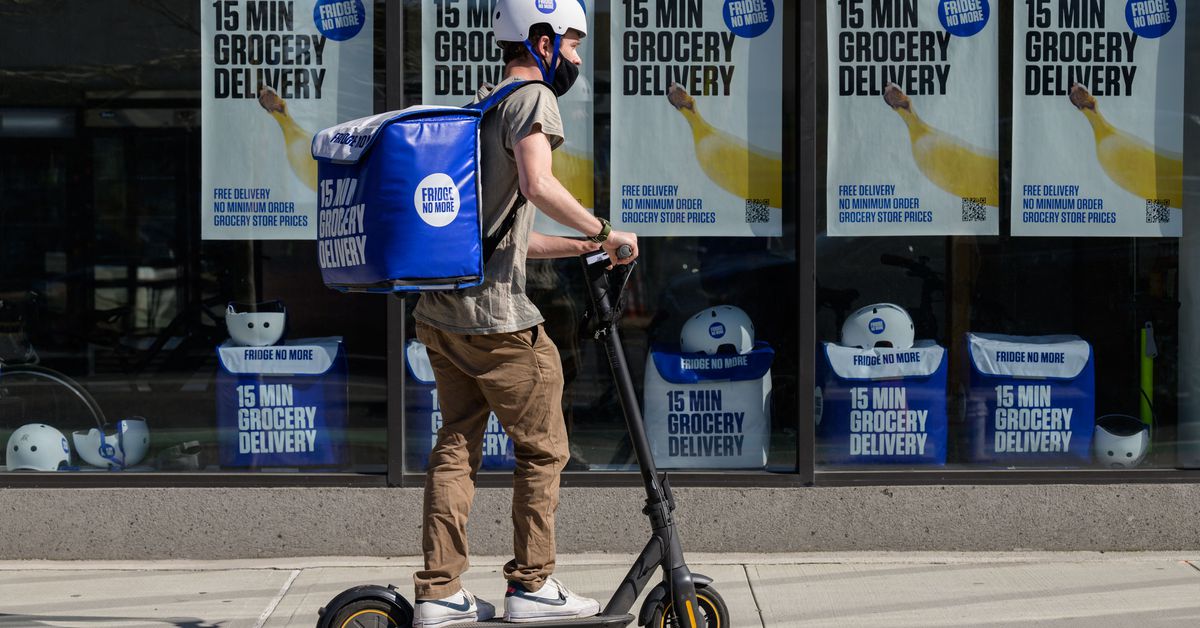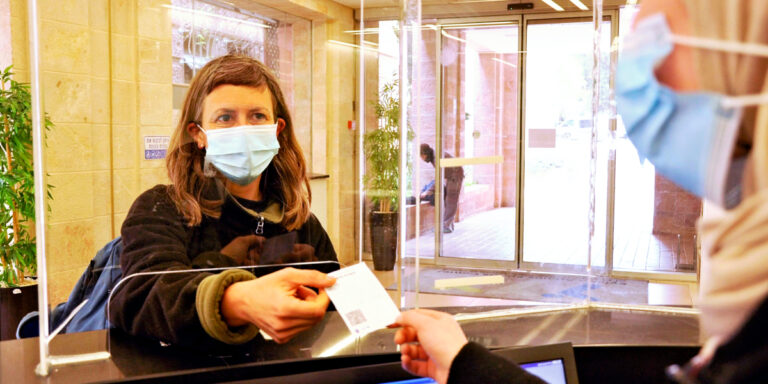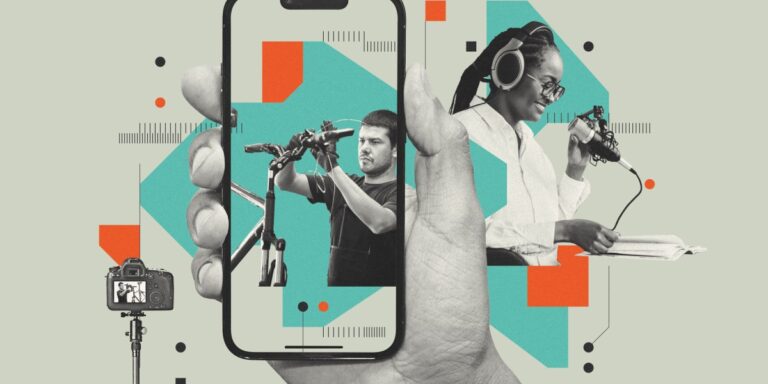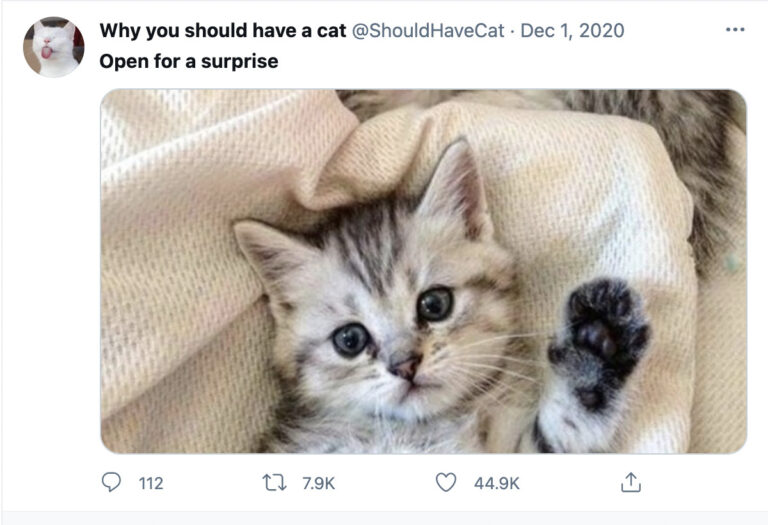
As a resident of New York City, I face long lines with a sigh of hardened resignation. I don’t question the absurdity of the experience. Instead, I foolishly consider it a mark of stamina, even if getting a Covid-19 test, as of late, means standing outdoors in 27-degree weather for an hour. Recently, while in a lengthy Starbucks line, my patience wore thin. It dawned on me that this wait was a result of my stubborn preference for buying coffee the old-fashioned way — that there was, in fact, an escape from this humiliating cycle. I could simply place a mobile order, and retrieve it at the store without waiting in line.
This kind of frictionless convenience is wildly appealing and seemingly everywhere now; it’s especially pronounced in transactional spaces, whether it be a Starbucks, the local grocery store, or the airport. But there is a trade-off to resetting our expectations, and it looms large. Customers these days feel so entitled — and they are enraged. People are angrier, meaner, and more prone to throwing childish tantrums in front of service staff, as detailed in a recent New York Times feature titled, “A nation on hold wants to speak with a manager.” It doesn’t help that we’re two years into a pandemic that has burst the country’s bubble of abundance (read: supply chain issues and rampant inflation).
Companies, especially those in public-facing industries, are contending with a shortage of available workers while struggling to meet the old-fashioned service standards set in a very different time. “The meanness of the public has forced many public-facing industries to rethink what used to be an article of faith: that the customer is always right,” wrote the Times’ Sarah Lyall. “If employees are now having to take on many unexpected roles — therapist, cop, conflict-resolution negotiator — then workplace managers are acting as security guards and bouncers to protect their employees.”
Some consumer behavior scholars believe that Amazon is to blame for these high (and often impractical) expectations, from one-click buy to one-day shipping. “We call it the Amazonification of business,” said Thomas Hollman, director for Arizona State’s Center for Services Leadership. “Everyone is compared to Amazon in terms of waiting in line, the kinds of customer interactions and knowledge base. This perception is equalizing all kinds of businesses.”
Venture capital firms are bullish on the emerging and crowded market of ultrafast delivery startups, which have yet to be profitable without investor help. In substituting human-to-human interactions with human-to-machine transactions, shoppers are opting out of the mundane nuisances involved with running errands or grabbing coffee. This might seem like an individual consumer choice, but it is informed by a post-pandemic retail and service landscape that can be hostile to ordinary shoppers.
In October, tech writer Drew Austin remarked how his regular trips to convenience stores and pharmacies in New York City have become littered with unexpected inconveniences. There are fewer and fewer employees on shift, which means checkout lines are longer. Meanwhile, more merchandise is locked up to compensate for the potential increase in theft from the installation of self-service kiosks, which shoppers are encouraged to use to avoid waiting in long lines.
This makes for an unpleasant and inexpedient in-person shopping experience at a Walgreens, where one expects to flit in and out without a hitch. “The implicit message of all this, for ordinary customers, is that we should have stayed home and ordered online,” Austin wrote. “These spaces aren’t for us. We’re effectively trespassing in the company’s warehouse.” Manhattan resembles “a post-Covid retail wasteland,” he continued, populated by vacated chain stores that are being converted into instant delivery hubs.
New Yorkers, for example, once might’ve needed convincing to try instant grocery delivery or delivery-only restaurants, dubbed “ghost kitchens” by venture capitalists. The pandemic altered the stakes not just for consumers, who had an incentive to stay home and order, but businesses reexamining the need for traditional retail spaces. Starbucks, according to the New York Times, has permanently closed 44 of its 235 locations in Manhattan since the start of 2020. It has plans, however, to expand its mobile pickup offerings and add more pickup-only locations.
Research from Edge by Ascential, a digital commerce advisory firm, predicts that retailers could dedicate as much as a third of their space, once used for in-person shopping, to fulfilling online orders in coming years. This switch will likely cost businesses more money, compared to having customers enter a store and pick out the items they want. The way things are heading, though, more and more people are choosing to have items shipped to them and delivered in the same week, day, or even in the next 15 minutes.
This preference is not just for everyday necessities like groceries, baby formula, or toilet paper. Direct-to-consumer startups, particularly those in the home goods and food and beverage spaces, are trying to reach urban shoppers through on-demand delivery. “What we’re trying to accomplish with fast commerce is to give people the ability to get as close to instant gratification as we can,” the head of customer experience at Olipop, a low-calorie alternative soda, told Thingtesting. “If consumers are looking for a drink late at night, we want to make sure it’s Olipop.”
Despite the booming landscape of instant delivery apps, most have yet to yield sustainable returns for the investors pumping them with billions of dollars. As much as Amazon and couriers like DoorDash, Uber, and Gopuff are pushing to turn urban centers into fulfillment centers, complete with ghost kitchens and ghost brands, stores — and all the nuisances of in-person shopping — will still be around in some capacity. Shoppers still like sauntering through malls, no matter how tech-adjusted they are.
Amazon might have won customers over with its blindingly fast delivery standards, but its business model is not free of logistical complexities. One-day shipping is expensive and dependent on a vast, underpaid workforce that smaller retailers can’t afford. “What solves all of these problems — the high return rates, the cost-prohibitive last-mile freight, the logistics nightmares, the buyer frustration, and the monumental volume of consumer waste it all sends to landfills — on some level? Stores. Going to a store,” wrote the Atlantic’s Amanda Mull.
At the start of the pandemic, Americans avoided in-person shopping out of necessity. Today, with most businesses more or less reopened, more are choosing to steer clear of stores due to depreciating customer service. It’s a result of the many cost-cutting factors retailers have implemented, from introducing new technologies to understaffing workers. Meanwhile, delivery appears to be an antidote to the chaos of the store, when it actually isn’t, from retailers’ standpoint.
Soon, retail employees might be too swamped meeting delivery quotas to be relieved that customers are no longer demanding to speak to a manager. The future of retail wants to offer customers hyperoptimized convenience. But is all of this actually good for us? And is it financially feasible?






